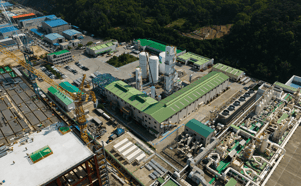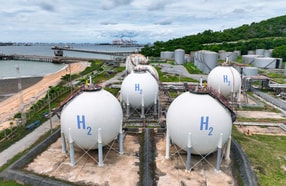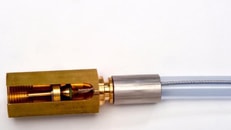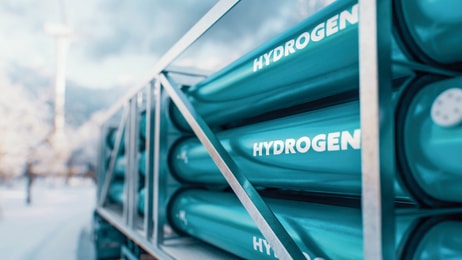New applications need improved safety: Passive device technology for liquid and gaseous transfer of clean fuels
The term clean fuel can have a broad list of gases and liquids that meet the definition. For the purposes of this article, we will limit the definition to emerging clean fuel and their applications. Specifically, we will focus on hydrogen for gaseous applications and LPG for carbon-based liquid applications to illustrate the importance of increased safety standards to ensure the proliferation of these important new forms of fuel and heat. We will also provide an understanding of the benefits of passive devices for line and hose failures to safety, cost and regulatory compliance. In sum, for more than 20 years, the LPG industry has adopted the use of hose-based passive systems, resulting in no significant hose-based incidents. As other clean fuels emerge, it will be critical that these applications, like hydrogen, adopt and embrace similar passive safety standards for new applications, like hydrogen refueling stations.
LPG
The most significant governmental advancement for passive hose safety occurred in the LPG industry when the US government established a rule wwwmandating passive safety to protect against the consequences of hose failure.
... to continue reading you must be subscribed























